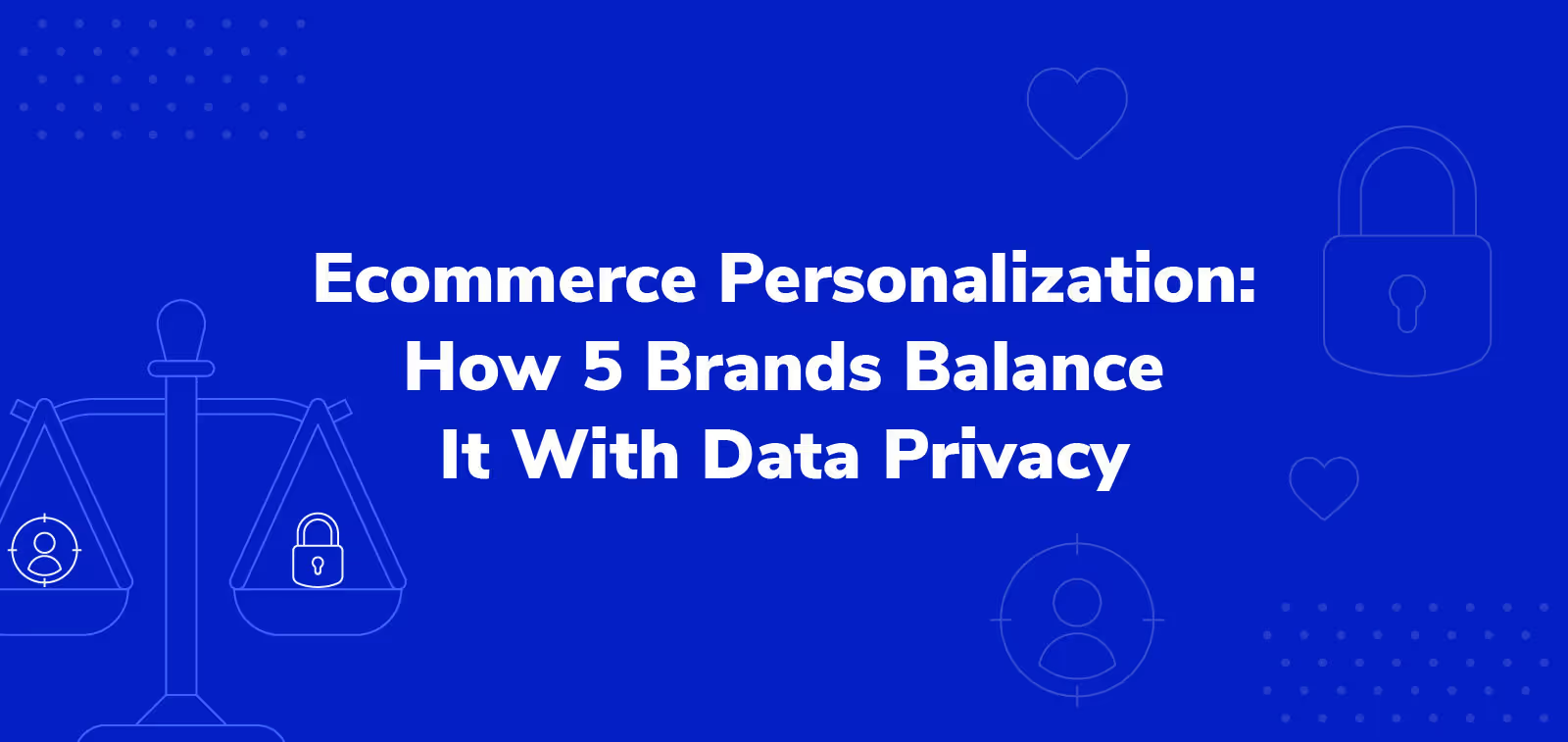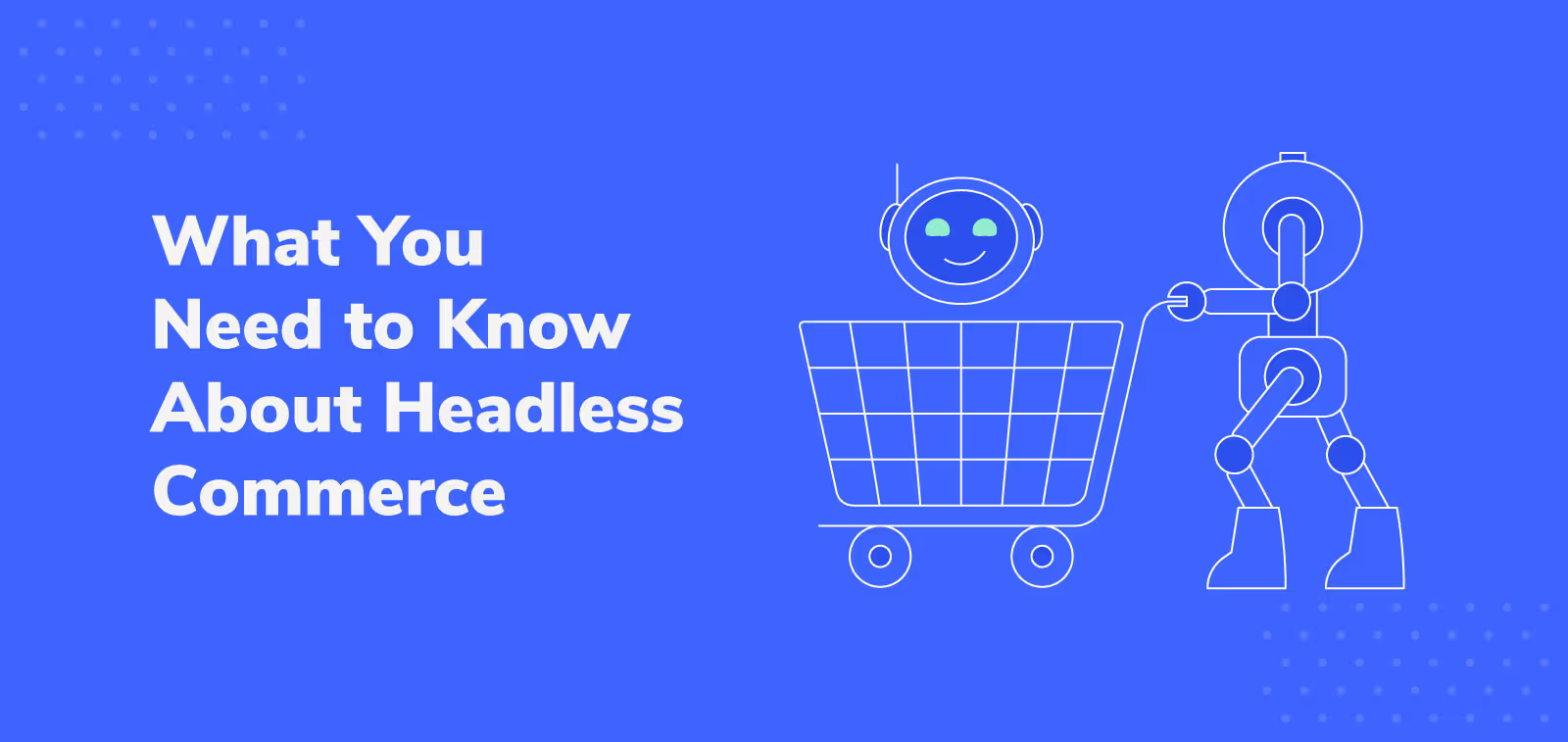See What This Ecommerce Marketing Leader Says That Too Many Brands are Still Missing

We sat down with Ryan Garrow, Director of Partnerships and Client Solutions at ecommerce digital agency Logical Position, to talk about the state of the industry in 2022: why CPCs are so high right now, the importance of first-party data, and the often-missed opportunities in the post-purchase experience.
We’re seeing a lot of fluctuations in the ecommerce market right now — what’s behind the instability?
It’s still COVID, and here’s why. We're still benchmarking against COVID-inflated numbers. The first quarter of 2021, for all of us in the marketing world, our numbers were crazy good. Because we were competing against the first quarter of 2020, when ecommerce sales were pre-pandemic “normal.” So in 2021, huge forecasts came out, and the first quarter looked great — we were way up.
But apparently something changed after that… What happened?
Well, the economy started to re-open. People started traveling in April and May and didn’t even think about online, and that drove up advertising prices.
Why would change in shopping behaviors like that impact the price of advertising?
With ecommerce numbers way down year-over-year (‘21 vs ‘20), major marketplaces and ecommerce arms of large retailers saw a drop in performance, so they jumped back into advertising with big budgets. At big corporations, if you’re missing your numbers and not spending your money, that’s a double whammy — even if the demand isn’t there. And that drove higher CPCs across the board in 2021.
How long can merchants expect that price disruption to last?
With all the economic upheaval, we're expecting CPCs to stay elevated through the year. Certain industries will see larger increases than others as search volume continues to struggle and competition remains extremely high.
In light of all these uncertainties and disruptions, how should brands be thinking about forecasting?
You have to put your expectations into perspective. It’s incredibly difficult to even make short-term predictions right now. Merchants have to watch their data closely and be ready to pivot. Brands often don't look at data quickly enough, and that leads to not making that pivot quickly enough.
What else should merchants be doing to adjust their strategies in this environment?
First-party data is becoming more and more important. If you don't own your customer, you are going to get left behind in the next two years, especially with the advance of algorithm-based smart shopping. If you already have data on your best customers, you have data that your competitors don't.
Talk about some of the use cases of leveraging that first-party data.
You can use it to create more targeted, personalized shopping experiences. Personalization is becoming more important, and customers are already starting to expect it.
There are a lot of ways to do this, so it’s not a tactic only for more sophisticated or higher-GMV merchants. One of the simplest to get started is to personalize emails based on previously viewed or purchased items. When you’re ready, you can get more complex by using search features that adjust results based on what you know about the customer. That comes back to utilizing that first-party data.
What are some of the biggest missed opportunities you see from brands today?
I think the post-purchase experience is the most neglected space in ecommerce. Right after the point of sale, you've got somebody that's really excited and just bought something from you. And most brands’ responses are like, “Here's your tracking number.”
Instead, try suggesting additional items that complement the original purchase and offer a discount to add them to the shipment. Post-purchase merchandising is very easy to do — it's the easiest way to increase AOV, and it's not intrusive.
I think the other thing missing in a lot of post-purchase processes is inviting your customers to loyalty programs. For instance, when a customer buys something, offer credit to a loyalty account and a bonus $5 off your next purchase if they sign up today. The permission to send loyalty program emails is so valuable, but a lot of brands still don’t have it.
Final Thoughts
It may sound cliche at this point, but it’s still true — the only constant in ecommerce is change. Responding to today’s macroenvironment will take a clear focus on first-party data and using it to deliver a consistent customer experience across the entire lifecycle.
Victoria Fryer leads the content marketing team at Extend. Previously, she managed content at Contacto and BigCommerce.
.svg)












































.avif)











